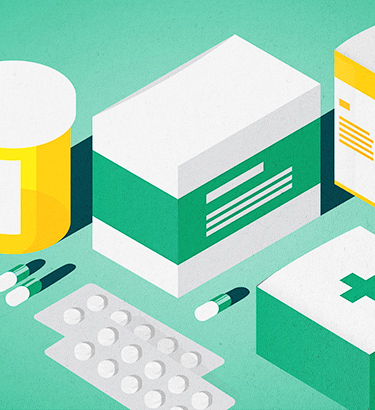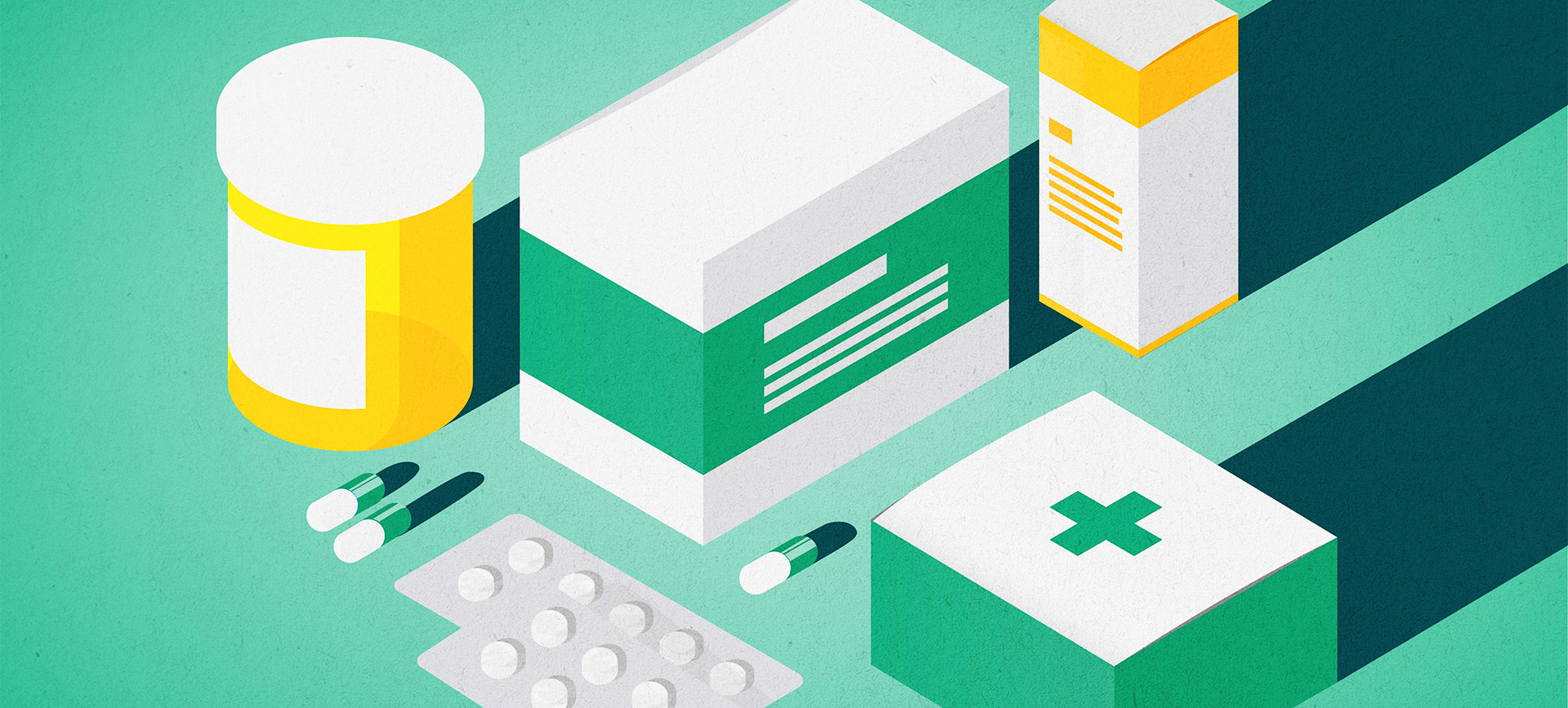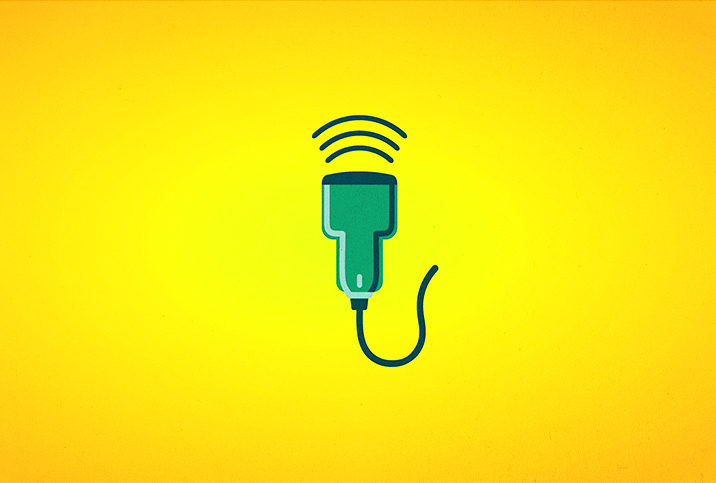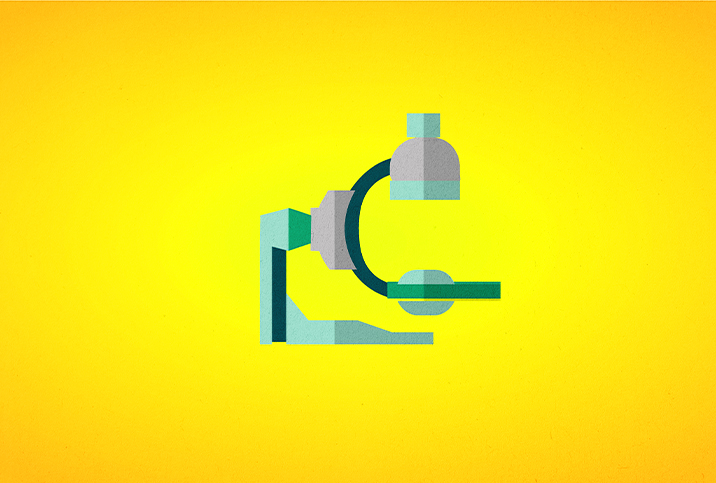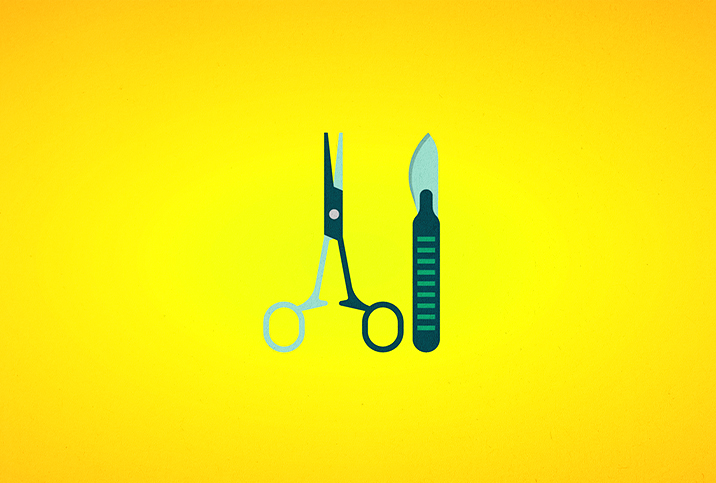
One of the most common treatments for prostate cancer is active surveillance. This involves close monitoring of a man who has lower-risk, low-grade cancer cells present in his prostate to see if they worsen or change over time, while holding off on more drastic intervention.
"Nowadays, the vast majority of men—particularly those that have small amounts of grade 1 prostate cancer—are managed very successfully with active surveillance," said Petar Bajic, M.D., a urologist affiliated with the Cleveland Clinic. "That means keeping a close eye on things to catch them early if they look like it's going to progress to a more aggressive type of cancer."
Urologists are quick to point out that active surveillance isn't the same as doing nothing. In fact, you'll probably see more of your doctor than you did before, because you'll be going in for frequent prostate-specific antigen (PSA) tests, biopsies and other screenings.
While active surveillance is clearly the least traumatic type of treatment, nonetheless, the attendant biopsies aren't a lot of fun.
"Unfortunately, the biopsy is uncomfortable," said Jayram Krishnan, D.O., a surgical urology specialist whose practice is affiliated with the Cleveland Clinic. "I give guys Valium before they get their biopsy. They don't really want to take a day off, so I give them Valium before the procedure, so that calms their nerves down so they're more comfortable."
Apart from pain afterward, other possible side effects of the frequent biopsies that come with active surveillance include:
- Blood in the urine
- Blood in the semen for up to a week
- Discomfort for a day or two









